Japan #4 – Parks & Temples – December 2014
In case you never get to visit Japan, we wanted to give you a quick glimpse of some of the amazing parks and temples we saw. While every big city in the world has beautiful parks, those of Kyoto were spectacular. It seemed that almost every leaf and twig and branch had been exactly trimmed. Many of the parks have ponds and surround beautiful temples. The attention to detail of the buildings was exquisite.
Kyoto
In Kyoto, one of its main attractions was a huge courtyard of carefully manicured gravel and a few rocks but no trees. It’s the internationally famous Rock Garden that is said to have been created by a highly respected Zen monk named Tokuho Zenketsu around 1500.
Kanazawa
In Kanazawa’s Kenrokuen Garden and Castle Park each tree had guidelines to maintain the exact shape of each limb and to help protect them from heavy snow loads. The historic castle is being restored and its woodworking was amazing. There appeared to be no nails or metal fasteners. Each beam and truss was joined using interlocking joints and pegs.
Shirakawago, a traditional village
On a little side trip to the historic village of Shirakawago winter had already come. Old traditional houses were heavily laden with snow. Many were open to the public. Exhibits showed how people lived a 100 years ago.
A quick look at these pictures will give you an idea of another element of Japan.
- The gardens surrounding the Ginkakuji Temple in Kyoto were a classic example of Japanese landscaping.
- The Ogi-machi gassho style homes at the Shirakawago village in the mountains near Kanazawa were open to the public.
- During the feudal period, Samurai lived in the Nagamachi district of Kanazawa. Today, it’s fun to wander through the manicured streets and admire the carefully restored traditional houses.
- The trees in Kanazawa’s Castle Park & Kenrokuen Garden amazed us with their multiple tethers protecting them from heavy winter snow loads. It was also a form of Japanese arboreal art.
- In the 16th century, the Kanazawa Castle was home to a regional lord called Daimyo. Since then it has been reconstructed and burnt down several times, the latest in 1881.
- This model shows the kind of intricate architecture being used to restore the Kanazawa castle.
- Each beam and truss in the restoration of the Kanazawa Castle was hand-carved and fitted like a giant puzzle.
- Using the amazing Japanese technique of wood joinery, the restoration of the Kanazawa Castle appeared to have no nails or metal parts.
- The walls surrounding the Kanazawa Castle Park showed the amazing rock work that reminded us of things we had seen in Peru.
- The city park in Nara, (the ancient capital of Japan and terminus of the maritime Silk Road), had herds of friendly deer looking for handouts. The kiosks sold special deer food for the tourists.
- We couldn’t resist of taking a photo of this beautiful persimmon tree loaded with fruit.
- The Todai-ji Temple (Eastern Great Temple) in Nara with its Daibutsuden Hall (Great Buddha Hall) is the world’s largest wooden building. It also serves as the Japanese headquarters of the Kegon school of Buddhism.
- The Great Buddha Hall houses the world’s largest bronze statue of the Buddha Vairocana, known in Japanese simply as Daibutsu. (Nara)
- This Buddha was seated to the left of the Great Buddha (Daibutsu) in the Todai-ji Temple in the city of Nara.
- Late autumn colors are reflecting in the Kyoyochi pond at Kyoto’s Ryoanji Temple Park. It was made in the late 12th century.
- At the Saga Arashiyama train station outside Kyoto, artfully displayed kimono fabric columns lead to the Pond of Dragon, an interesting fountain with a spinning ball balanced on water.
- The internationally famous Rock Garden was created by a highly respected Zen monk named Tokuho Zenketsu around 1500.
- The Arashiyama Bamboo Grove was amazing. Some of the trunks were over 7 inches in diameter.



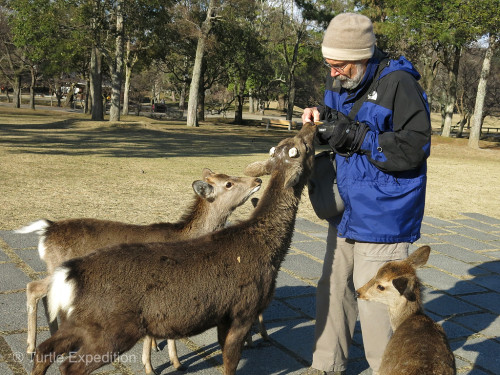
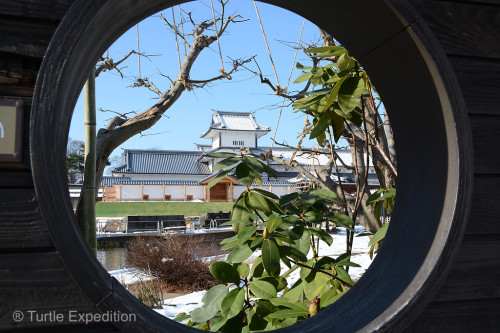
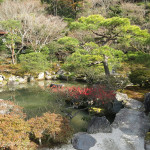
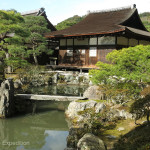
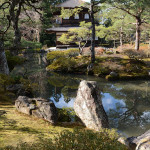
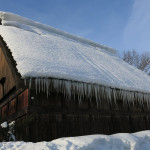
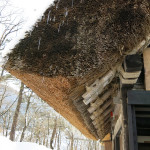
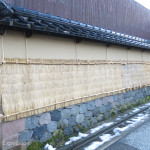
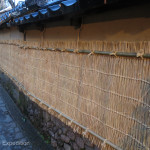
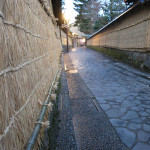
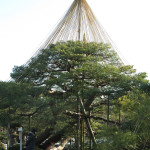
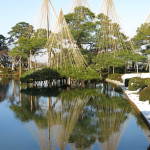
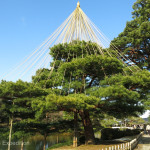
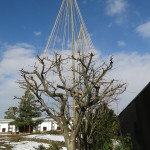
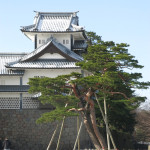
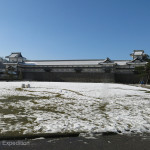
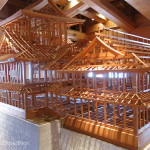
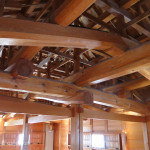
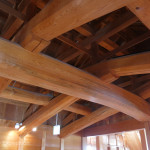
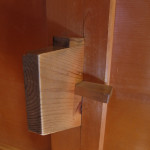
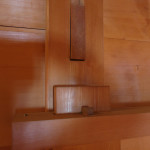
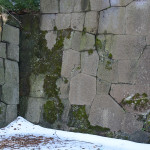
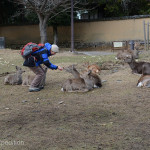

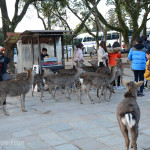
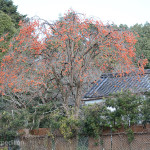
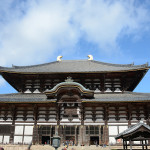
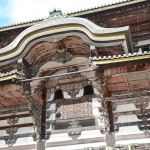
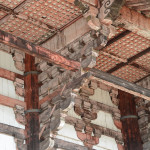
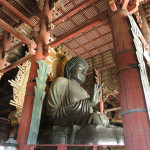
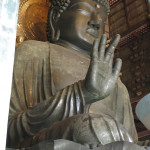
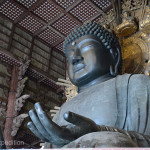
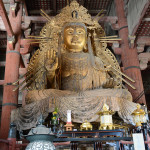
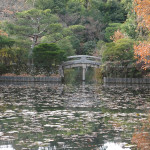
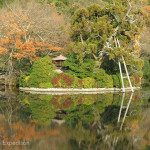
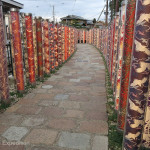
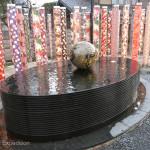
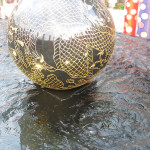
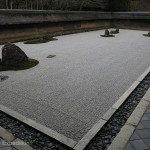
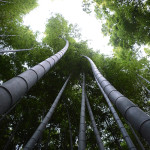





Leave a Comment